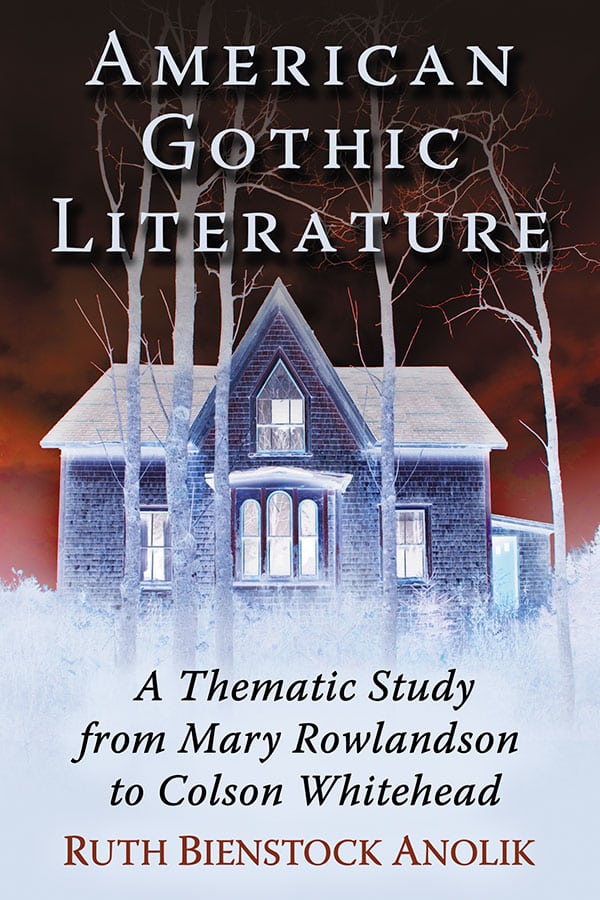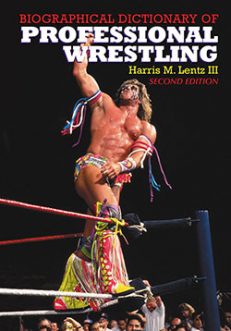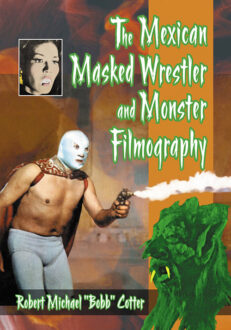American Gothic Literature
A Thematic Study from Mary Rowlandson to Colson Whitehead
$39.95
In stock
About the Book
American Gothic literature inherited many time-worn tropes from its English Gothic precursor, along with a core preoccupation: anxiety about power and property. Yet the transatlantic journey left its mark on the genre—the English ghostly setting becomes the wilderness haunted by spectral Indians. The aristocratic villain is replaced by the striving, independent young man. The dispossession of Native Americans and African Americans add urgency to traditional Gothic anxieties about possession.
The unchanging role of woman in early Gothic narratives parallels the status of American women, even after the Revolution. Twentieth century Gothic works offer inclusion to previously silent voices, including immigrant writers with their own cultural traditions. The 21st century unleashes the zombie horde—the latest incarnation of the voracious American.
About the Author(s)
Bibliographic Details
Ruth Bienstock Anolik
Format: softcover (6 x 9)
Pages:
Bibliographic Info: notes, bibliography, index
Copyright Date: 2018
pISBN: 978-0-7864-9851-2
eISBN: 978-1-4766-3340-4
Imprint: McFarland
Table of Contents
Acknowledgments vi
Introduction: Power and Possession in American Gothic Literature 1
Part I. Possessed and Dispossessed
1. The American Woman: Still Possessed 18
2. A New Possession: Slavery and Beyond 34
3. Return of the Dead: The Rebirth of the Dispossessed Native American 55
Part II. Possessing and Dispossessed
4. Dispossessed Possessor: The Displaced Patriarch 78
5. Masterless: The Anxieties of Freedom 104
6. Return of the Master: The New Patriarch 143
Part III. Gothic Conversations:
Transgressing the Boundaries of American
Cultures; Crossing the Atlantic
7. Textual (Dis)Possessions: Hannah Crafts a Textual Labyrinth 178
8. Intertextual Voices in Gloria Naylor’s Mama Day: Shakespeare, the Bible and the Dispossession of the Reader 221
9. Among Women: Convergences and Divergences in Gothic Space 234
Conclusion: Toward a Fourth Century of American Gothic 271
Chapter Notes 281
Works Cited 294
Index 303






